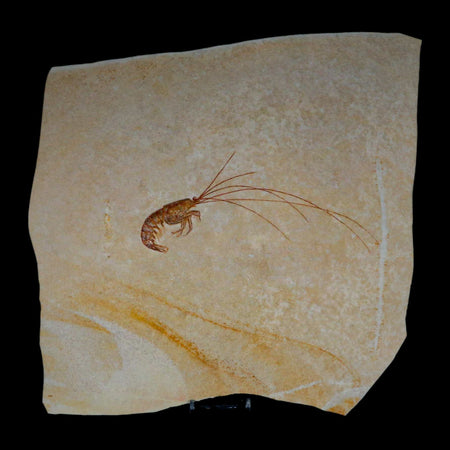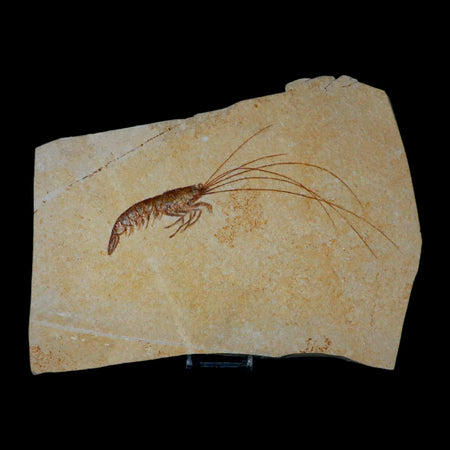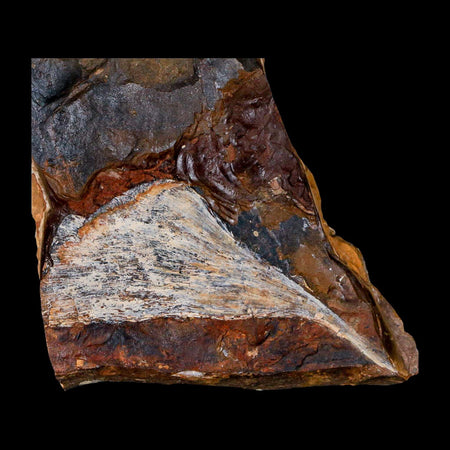2.8" Mammoth Tooth Cross Section In Riker Display Pleistocene Age Hawthorne FM
Location: United States, Off The Golf Coast Florida. Hawthorne Formation
Weight: 5 Ounces with box
Dimensions of Tooth: 2.8 Inches Long, 1.6 Inches Wide, 0.4 Inches Thick
Comes with a Riker Display Box.
The item pictured is the one you will receive.
Pleistocene Epoch 20 Million Years old.
Trade in raw fossil “Mammoth” ivory is illegal in CA, HI, IL, NJ, NV and NY
The Mammoth is a species of mammoth that lived during the Pleistocene epoch and was one of the last in a line of mammoth species. The mammoth diverged from the steppe mammoth about 400,000 years ago in East Asia. Its closest extant relative is the Asian elephant. The appearance and behavior of this species are among the best-studied of any prehistoric animal because of the discovery of frozen carcasses in Siberia and Alaska, as well as skeletons, teeth, stomach contents, dung, and depiction of life in prehistoric cave paintings. Mammoth remains had long been known in Asia before they became known to Europeans in the 17th century. The origin of these remains was long a matter of debate and often explained as being remains of legendary creatures. The mammoth was identified as an extinct species of elephant by Georges Cuvier in 1796.
The Mammoth was roughly the same size as modern African elephants. Males reached shoulder heights between 2.7 and 3.4 m (8.9 and 11.2 ft) and weighed up to 6 metric tons (6.6 short tons). Females reached 2.6–2.9 m (8.5–9.5 ft) in shoulder height and weighed up to 4 metric tons (4.4 short tons). A newborn calf weighed about 90 kilograms (200 lb). The woolly mammoth was well adapted to the cold environment during the last ice age. It was covered in fur, with an outer covering of long guard hairs and a shorter undercoat. The color of the coat varies from dark to light. The ears and tail were short to minimize frostbite and heat loss. It had long, curved tusks and four molars, which were replaced six times during the lifetime of an individual. Its behavior was similar to that of modern elephants, and it used its tusks and trunk for manipulating objects, fighting, and foraging. The diet of the woolly mammoth was mainly grass and sedges. Individuals could probably reach the age of 60. Its habitat was the mammoth steppe, which stretched across northern Eurasia and North America.


















